1. Rat Catcher
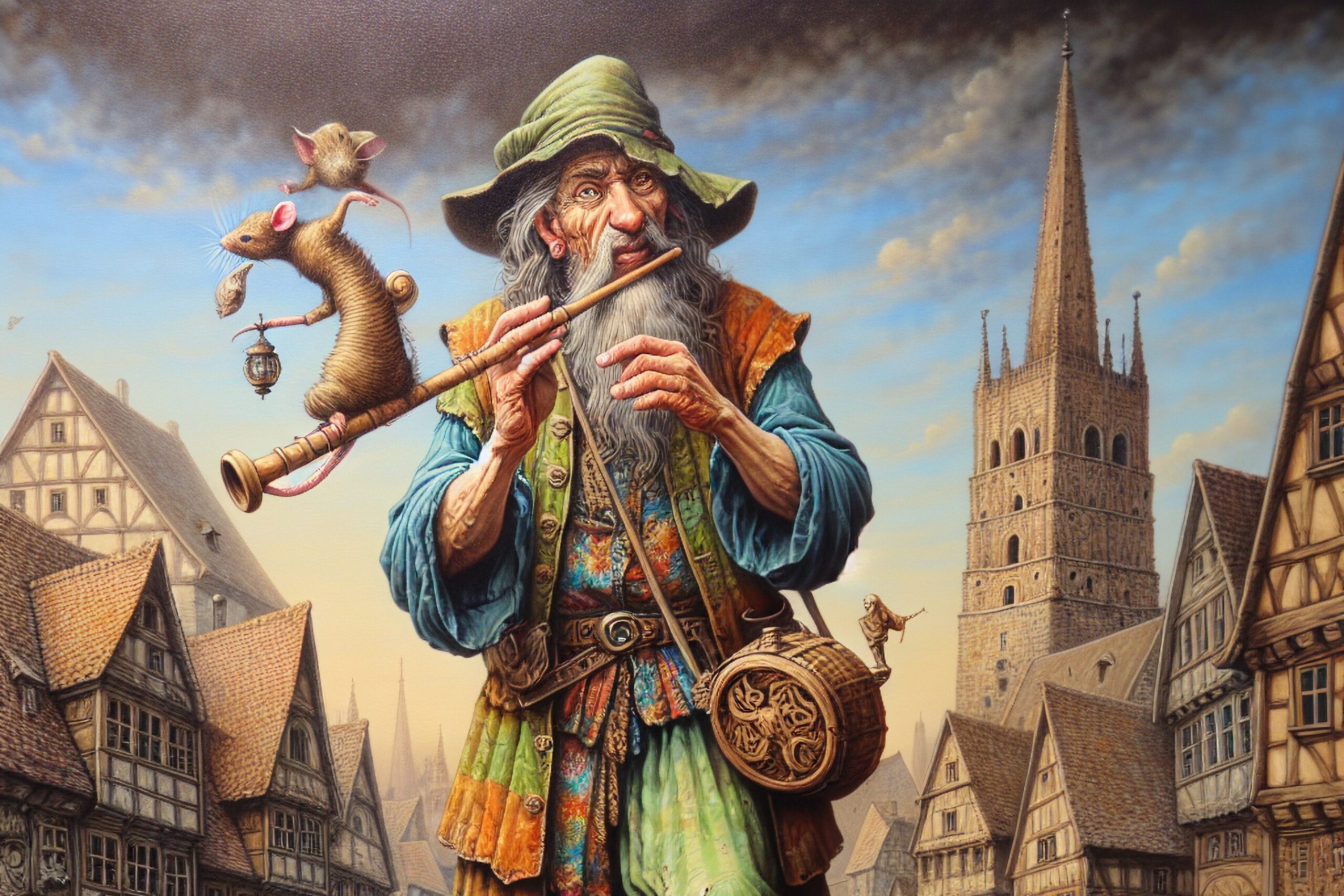
Back in the day, cities were crawling with rats, and someone had to take care of the problem. Enter the rat catcher, a person who made a living by hunting and trapping these disease-carrying pests. They used poison, dogs, and even ferrets to track down rodents in homes and businesses. Some rat catchers got creative, breeding and releasing rats just to catch them again for payment. It was a dirty, dangerous job—especially with diseases like the plague running rampant. These workers often carried scars from rat bites and dealt with all sorts of infections shares the Express Tribune.
Eventually, modern pest control took over, making the role of the rat catcher obsolete. Now, exterminators rely on safer, more effective methods like bait stations and pesticides. Cities have also improved sanitation, making massive rat infestations less common. While rats are still around, you won’t see anyone walking down the street advertising their rat-catching services anymore.
2. Ice Cutter

Before refrigerators, people had to store food in iceboxes, which meant they needed ice—and lots of it. Ice cutters made their living carving massive chunks of ice from frozen lakes and ponds during winter. Armed with saws and chisels, they’d work in freezing conditions, hauling ice to storage facilities where it was insulated with sawdust. Once summer rolled around, the ice would be delivered to homes and businesses says Listverse.
It was grueling, risky work. Falling into the icy water was a real danger, and frostbite was practically guaranteed. As refrigeration technology advanced, ice cutters quickly became unnecessary. Today, ice is as simple as a push of a button on a fridge, making this once-essential job a thing of the past.
3. Knocker-Up

Before alarm clocks were a household staple, people needed a way to wake up for work. That’s where the knocker-up came in—these human alarm clocks went around tapping on windows with sticks or even shooting peas through straws. They’d make the rounds in the early hours, ensuring workers made it to factories and mills on time. Some even took special requests for extra wake-up calls shares City Hub Sydney.
It wasn’t a high-paying gig, but it was steady work. Some knockers-up had regular clients, while others were hired by entire neighborhoods. Once alarm clocks became cheap and widely available, the profession disappeared. These days, we have phone alarms, smartwatches, and even sunrise lamps—so no one needs to pay someone to knock on their window anymore adds BBC.
4. Leech Collector

Believe it or not, there was a time when doctors relied on leeches for medical treatments. That meant someone had to go out and collect them—often by wading into marshes and letting the leeches latch onto their legs. Once they were full of blood, collectors would pluck them off and sell them to physicians. It was a miserable job, often leading to infections and blood loss.
The demand for leeches peaked in the 18th and 19th centuries when bloodletting was a common medical practice. But as medicine advanced, doctors realized that draining a patient’s blood wasn’t exactly a cure-all. Leeches still have some niche medical uses today, but they’re farmed rather than collected from the wild. No one has to suffer through leech bites for a paycheck anymore.
5. Lamplighter

Before electric streetlights, cities relied on gas lamps to keep streets lit at night. Lamplighters were responsible for going around at dusk, using a long pole to ignite the lamps one by one. At dawn, they’d make the rounds again to extinguish them. It was a respected job, and some cities even had entire crews dedicated to keeping the streets illuminated.
As electricity spread in the late 19th and early 20th centuries, lamplighters became unnecessary. Automatic lighting systems and modern streetlights made the profession obsolete. While a few cities still maintain gas lamps for historical charm, there’s no need for someone to walk around lighting them by hand. The glow of modern streetlights has officially put this job to rest.
6. Pinsetter
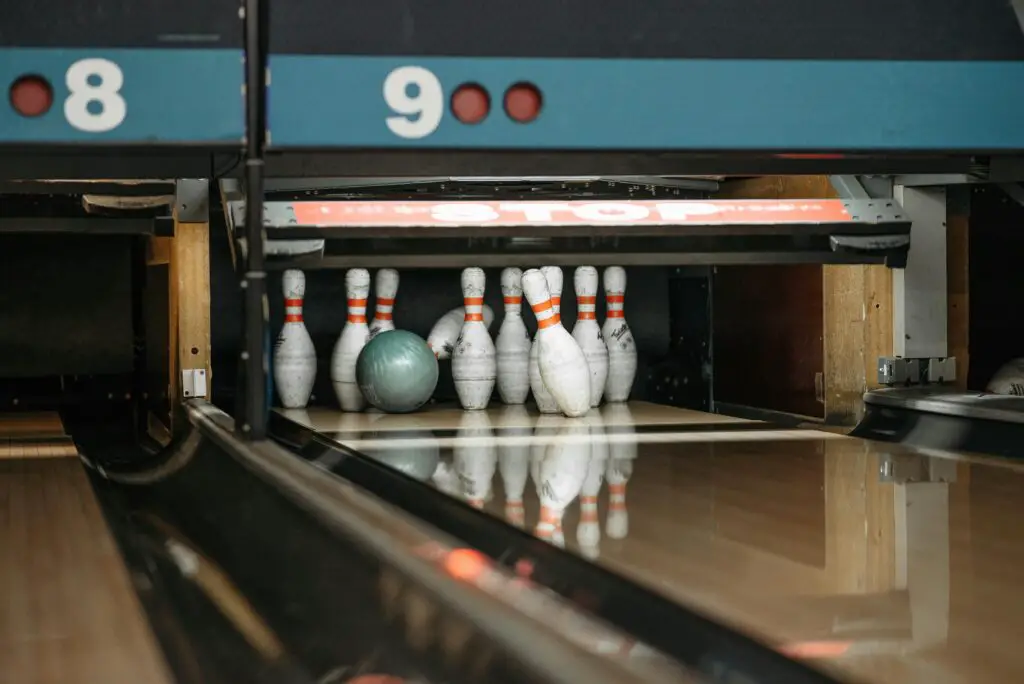
Before automatic bowling pinsetters, the job had to be done by hand. Pinsetters, often young boys, worked in loud, smoky bowling alleys, quickly resetting pins between rounds. It was tiring, repetitive work, and getting hit by a flying bowling ball or pin was a constant hazard.
By the 1950s, automatic pinsetting machines took over, making the job obsolete. While some nostalgic bowling alleys still have human pinsetters for special events, it’s no longer a mainstream profession. Today, machines handle the dirty work, while employees focus on running the lanes and serving snacks.
7. Lector

In the days before radios and audiobooks, factory workers needed entertainment. Enter the lector, a person hired to read newspapers, books, and political speeches aloud to workers during their shifts. Tobacco factories were especially known for employing lectors to keep workers engaged while they rolled cigars.
However, some factory owners saw lectors as a threat, especially when they read socialist or union-supporting material. As radios became common, the profession disappeared altogether. Now, workers have podcasts, music, and even work-approved entertainment to keep them company.
8. Gong Farmer
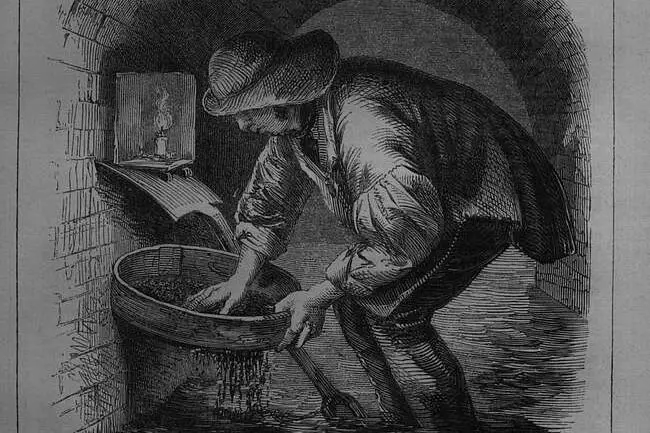
Back in medieval times, cities didn’t have modern plumbing. Instead, people relied on cesspits, which had to be emptied by workers known as gong farmers. They’d dig out waste by hand, often working at night due to the horrible stench.
It was one of the most unpleasant jobs imaginable, and workers were often socially shunned. As sanitation improved and sewage systems were introduced, gong farmers became a thing of the past. Today, waste management is far more sophisticated (and thankfully, much less hands-on).
9. Resurrector
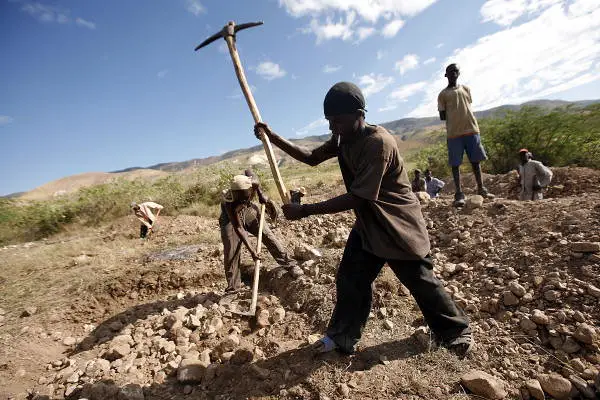
In the 18th and 19th centuries, medical schools needed cadavers for dissection, but laws limited body donations. This created a demand for body snatchers, or “resurrectors,” who dug up fresh graves and sold the bodies to medical institutions.
It was a dangerous and morally questionable job. If caught, grave robbers faced severe punishment—or angry mobs. Eventually, laws changed to allow legal cadaver donations, putting an end to this dark profession.
10. Powder Monkey
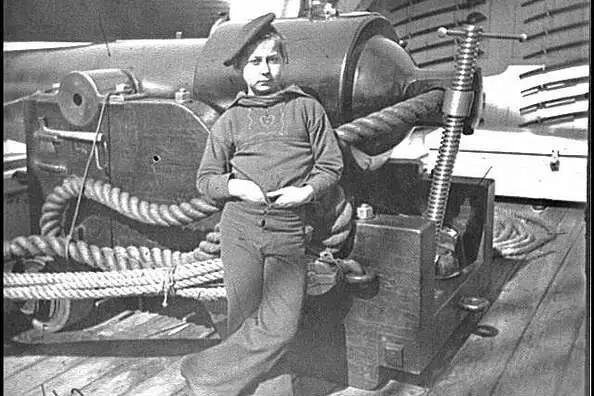
During the age of naval warfare, young boys—often as young as ten—worked on warships as powder monkeys. Their job was to carry gunpowder from the storage areas deep in the ship to the cannons during battle. Speed was essential, and they had to be small and quick, weaving through the chaos of combat without dropping their precious cargo. The risks were enormous—explosions, enemy fire, and the general dangers of being on a warship made survival uncertain. Despite the peril, many saw it as a way to earn a living and prove themselves.
As warfare advanced, ships moved to safer and more efficient ammunition handling systems. The introduction of mechanized weaponry and enclosed storage areas meant that powder monkeys were no longer needed. Today, naval warfare relies on complex machinery and trained professionals rather than children running gunpowder through the decks. It’s one of those jobs that, while historically significant, we’re certainly better off without.
11. Town Crier

Before newspapers, radios, and the internet, town criers were responsible for spreading important news. Dressed in elaborate outfits, they’d ring bells and shout out announcements in the town square, relaying government proclamations, laws, and even local gossip. Their voices had to be loud enough to carry over the noise of busy streets, and they often worked for local officials or royalty. Being a town crier wasn’t just about volume—it was also about showmanship and memorization. Some even became minor celebrities within their communities.
As literacy rates rose and newspapers became widely available, town criers lost their purpose. Eventually, radio and television took over entirely, making it unnecessary for someone to walk around shouting the news. Today, the role of town crier survives mostly in historical reenactments and festivals, serving as a charming reminder of how people once stayed informed.
12. Switchboard Operator
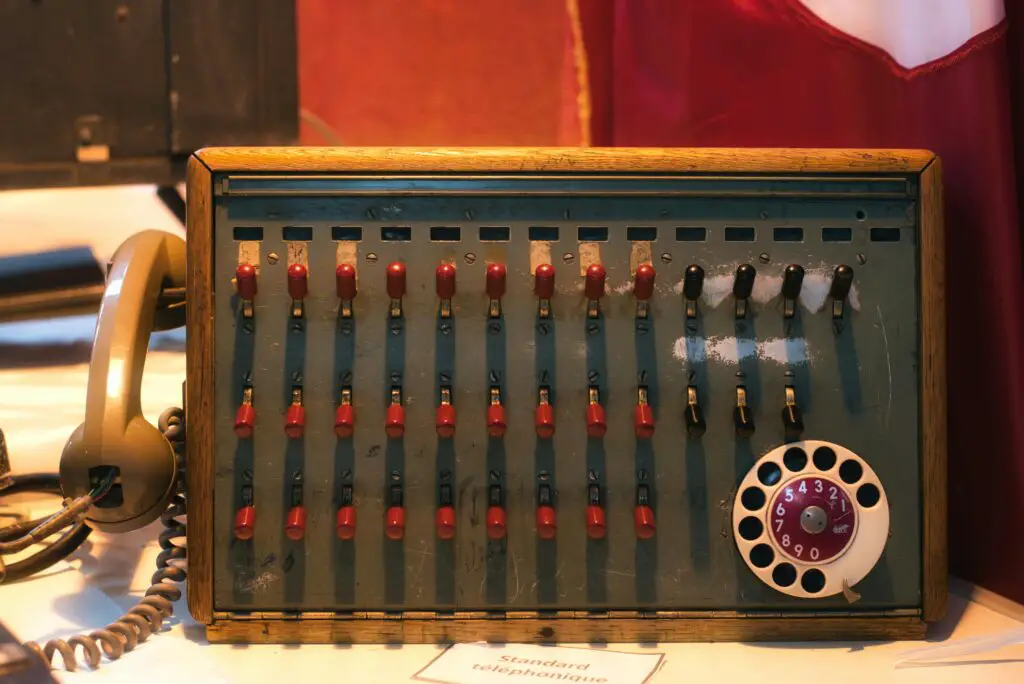
Before the days of direct dialing, making a phone call required human assistance. Switchboard operators, often women, manually connected calls by plugging cables into massive switchboards. They had to memorize countless numbers, answer calls with a friendly voice, and ensure connections were made quickly and correctly. For decades, this was one of the few respectable jobs available to women, offering financial independence and a sense of prestige. However, it was also exhausting—operators worked long hours with little room for mistakes.
By the mid-20th century, automated telephone exchanges started replacing human operators. With technology advancing rapidly, switchboards became outdated, and the job disappeared almost entirely. Today, calls connect instantly with just a tap on a screen, making the once-essential role of switchboard operator a distant memory.
13. Milkman

For much of the 20th century, the clinking of glass bottles on doorsteps signaled the arrival of the milkman. Before home refrigeration was widespread, people relied on fresh milk deliveries to keep their dairy supply from spoiling. Milkmen would start their routes early in the morning, delivering bottles to houses and collecting empties to be reused. They often had personal relationships with customers, sometimes even bringing groceries along with the milk.
However, with the rise of grocery stores and refrigerators, daily milk delivery became less necessary. Supermarkets began selling milk in convenient plastic jugs, and people could store it for longer periods. Although some specialty dairy services still offer home delivery, the traditional milkman is mostly a relic of the past. These days, if you want fresh milk, you’re more likely to find it in a grocery aisle than on your doorstep.
14. Soda Jerk
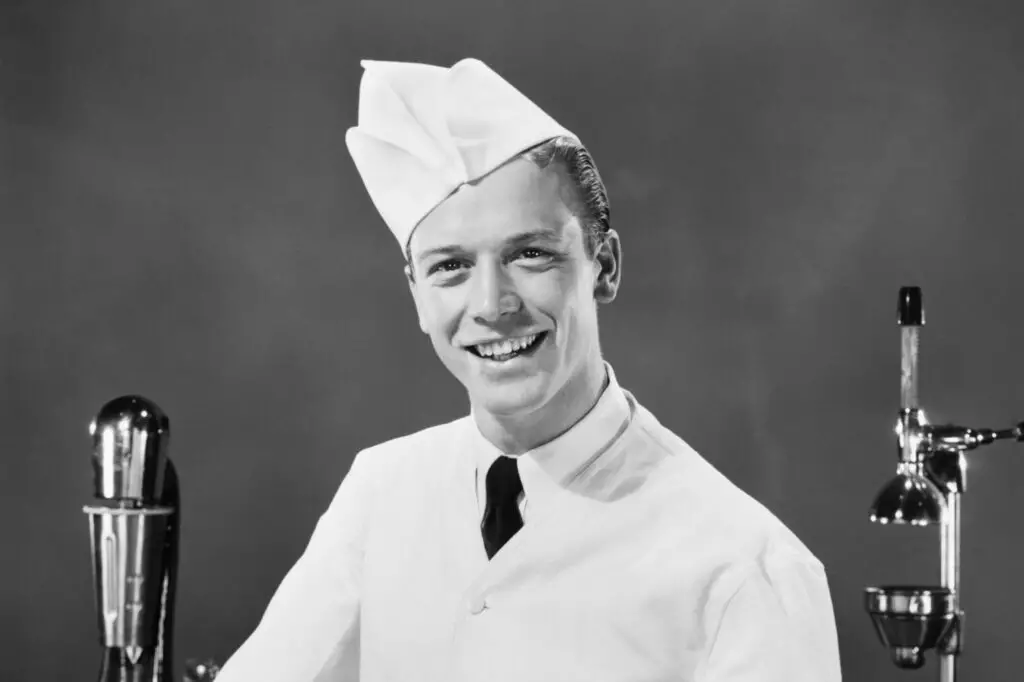
The soda jerk was the heart of the classic American soda fountain, serving up fizzy drinks, ice cream sodas, and malted milkshakes. These workers had to memorize a long list of soda recipes and master the art of quickly mixing and serving beverages. Often, they worked in drugstores or diners, making them a social hub for teenagers and families alike. With their crisp white uniforms and fast hands, soda jerks were known for their playful banter and energetic service.
As fast-food chains and vending machines became popular in the mid-20th century, soda fountains began disappearing. People wanted convenience, and pre-bottled soft drinks took over the market. While a few old-fashioned soda fountains still exist for nostalgia’s sake, the soda jerk is no longer a common profession. Nowadays, if you want a milkshake, you’re more likely to get it from a drive-thru than a countertop soda fountain.
15. Log Driver
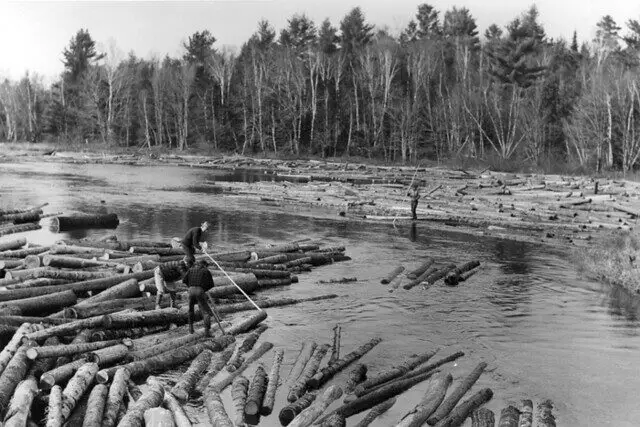
Before the invention of trucks and railroads, moving lumber from forests to sawmills was done by floating logs down rivers. Log drivers, also known as “river pigs,” had to run across the moving logs, keeping them from getting jammed and guiding them along their route. It was one of the most physically demanding and dangerous jobs—slipping meant falling into freezing water, and getting caught between shifting logs could be deadly. Despite the risks, log drivers became legendary figures, known for their incredible balance and toughness.
As transportation improved, logging companies moved to safer and more efficient methods like trucks and railways. By the mid-20th century, the profession had largely disappeared, with only a few areas holding on for tradition’s sake. Today, the image of the log driver survives mostly in folklore, songs, and lumberjack festivals. While it was an exciting job, no one is complaining that it’s no longer a necessary way to transport wood.
